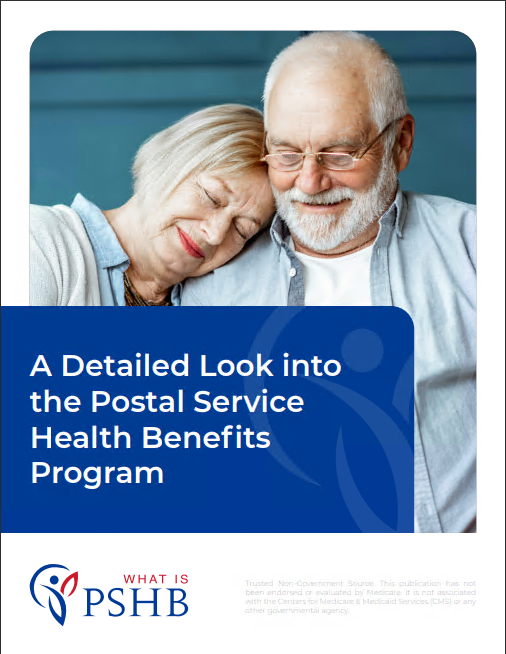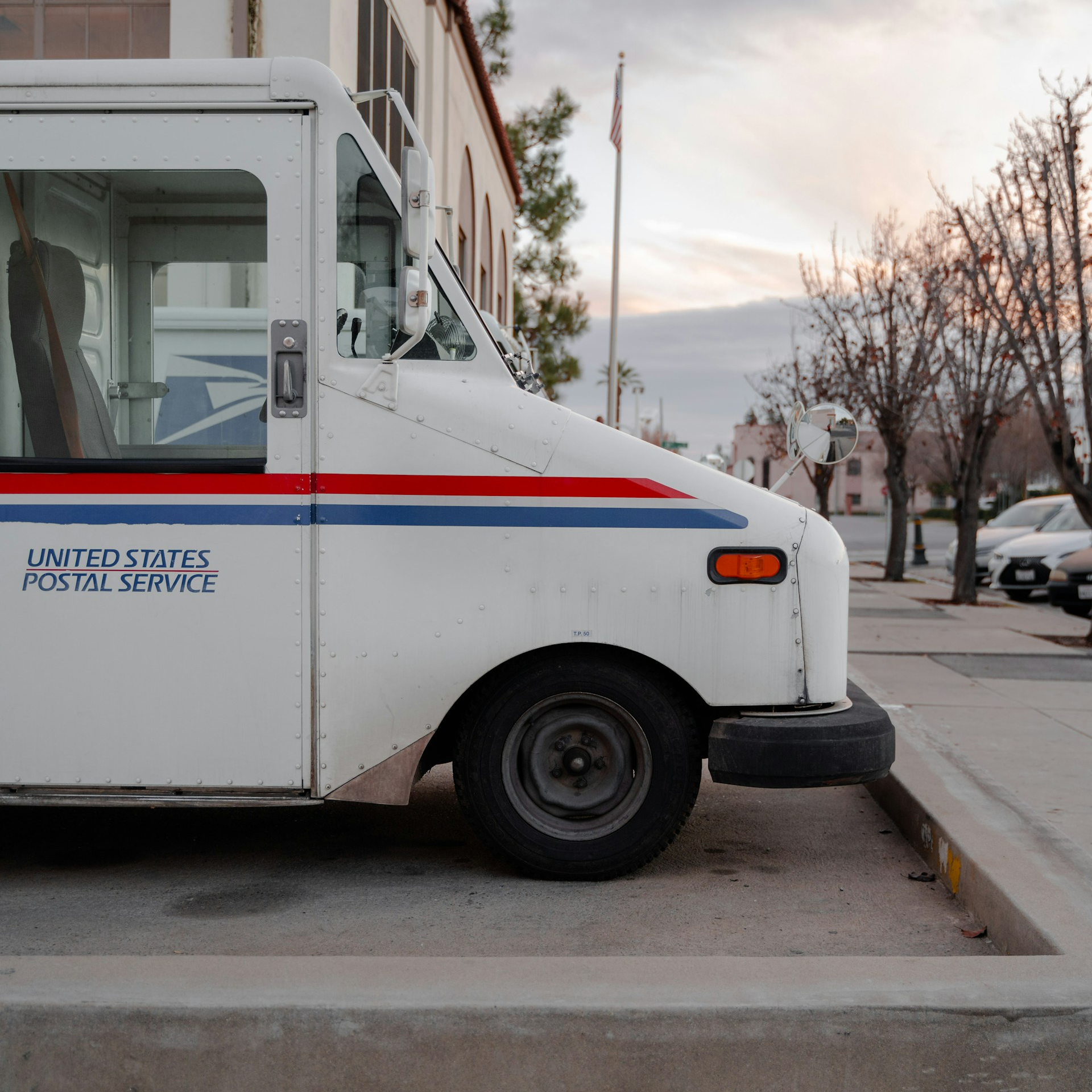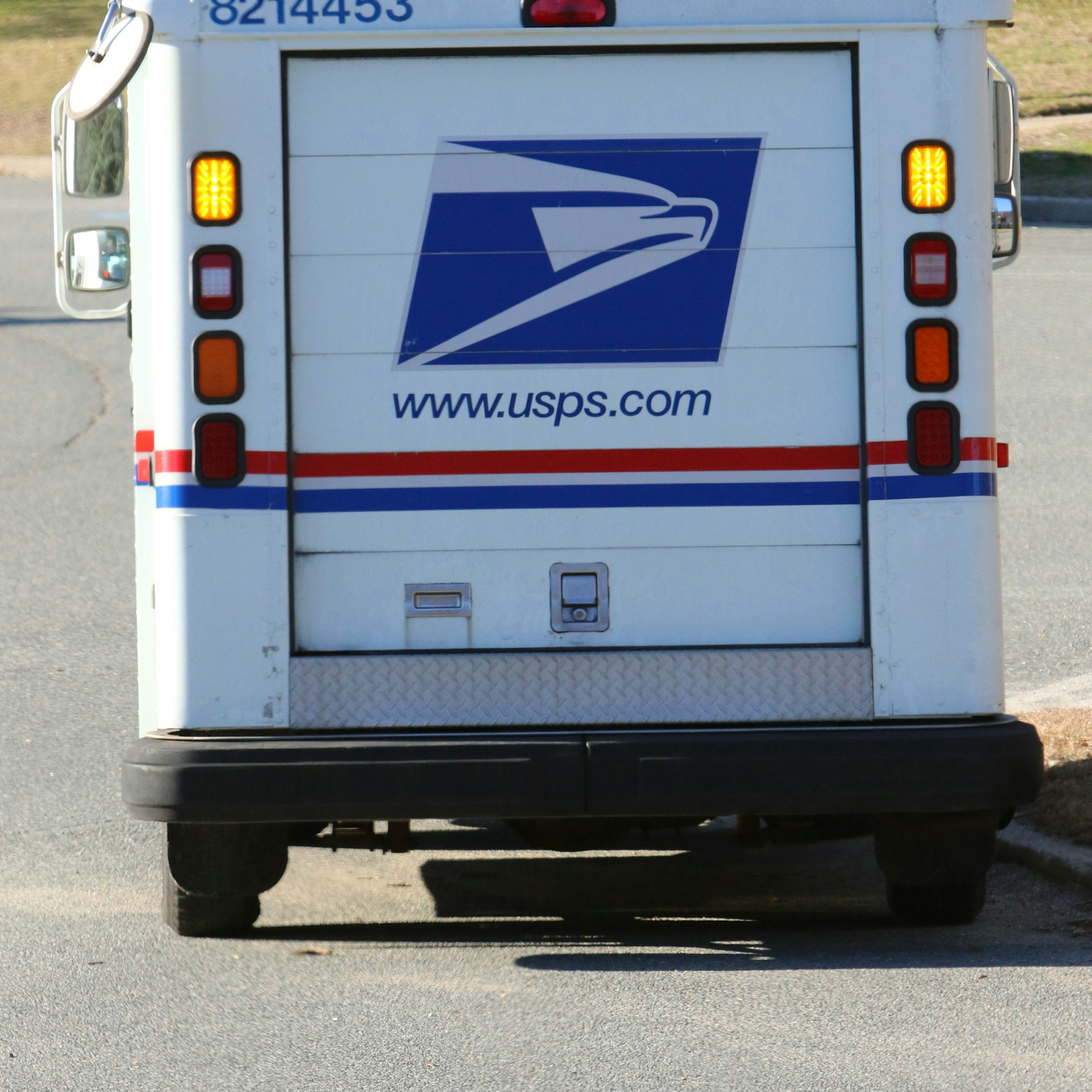Key Takeaways
-
The 2025 Postal Service Health Benefits (PSHB) program is tailored to address the specific needs of USPS employees and retirees, offering exciting new opportunities for better coverage and cost savings.
-
Staying informed about the changes and acting during Open Season ensures you’ll make the most of these new health benefits.
Why the 2025 PSHB Program Is a Game-Changer
The Postal Service Health Benefits (PSHB) program set to launch in 2025 is generating widespread excitement among USPS employees and retirees—and for good reason. This major overhaul of health benefits is designed specifically for postal workers, replacing the Federal Employees Health Benefits (FEHB) program with options better suited to your unique needs.
Whether you’re a current employee, a retiree, or a family member, understanding what’s new and how it impacts your healthcare is essential. From tailored coverage options to streamlined integration with Medicare, the 2025 PSHB program promises to bring significant benefits. Here’s what you need to know.
Who Benefits from the New PSHB Program?
The PSHB program is designed to meet the needs of everyone in the USPS community, ensuring no one is left behind. Here’s a quick breakdown:
-
Active USPS Employees: You’ll have access to health plans tailored to the demands of postal work, providing the coverage you need to stay healthy and productive.
-
USPS Retirees: Medicare-eligible retirees can take advantage of seamless integration between PSHB and Medicare for enhanced coverage and reduced costs.
-
Family Members: Eligible dependents, including spouses and children under 26, remain covered under PSHB. Certain disabled adult children may also qualify.
By addressing the unique challenges faced by postal workers, PSHB aims to provide comprehensive and cost-effective healthcare solutions for you and your family.
What Makes the PSHB Program So Exciting?
The transition to PSHB in 2025 introduces several standout features that set it apart from the previous FEHB system. These features are designed to offer you better value, more personalized options, and peace of mind.
1. Plans Designed for Postal Workers
PSHB plans are created with USPS employees and retirees in mind. This means your healthcare coverage will be tailored to fit the specific risks and demands of your profession. From preventive care to specialized treatment, the program prioritizes services that matter most to postal workers.
2. Integration with Medicare
For retirees eligible for Medicare, PSHB integrates smoothly with Medicare Parts A and B to deliver comprehensive coverage. This reduces out-of-pocket expenses, simplifies claims, and ensures you’re covered for a wide range of services.
Starting in 2025, most Medicare-eligible retirees will need to enroll in Medicare Part B to maintain PSHB coverage. While this requirement is new, it’s designed to enhance your overall benefits and reduce financial strain.
3. Cost-Saving Measures
One of the most exciting aspects of PSHB is its focus on affordability. USPS continues to share premium costs, and PSHB plans introduce clear out-of-pocket caps to protect you from unexpected expenses. These measures make high-quality healthcare more accessible and predictable.
Key Dates to Keep in Mind
To make the most of the 2025 PSHB program, it’s critical to stay on top of important deadlines. Missing these dates could impact your coverage or result in unnecessary costs:
-
Open Season: This annual enrollment period typically runs from mid-November to early December. Changes made during this time take effect on January 1 of the following year.
-
Medicare Enrollment Deadline: If you’re Medicare-eligible, ensure you enroll in Part B by January 2025 to maintain PSHB coverage and avoid penalties.
-
Automatic Enrollment: If you don’t actively select a plan during Open Season, you’ll be automatically enrolled in a corresponding PSHB plan. While this ensures coverage continuity, reviewing your options helps you secure the best plan for your needs.
Breaking Down the Costs: What You Need to Know
Understanding the financial aspects of the PSHB program helps you make informed decisions. Here’s a closer look at the key cost components:
Premium Contributions
Premiums under PSHB are shared between USPS and plan participants. This cost-sharing model helps keep premiums affordable while still providing comprehensive benefits. During Open Season, compare plan premiums to find an option that balances affordability with the coverage you need.
Deductibles
Deductibles—the amount you pay out-of-pocket before insurance kicks in—vary by plan. Be sure to evaluate:
-
How often you anticipate needing medical care.
-
The deductible amount relative to your budget.
-
Whether lower deductibles justify slightly higher premiums.
Out-of-Pocket Maximums
PSHB introduces annual caps on out-of-pocket expenses, providing financial protection against unexpected medical costs. These caps are a welcome feature, especially for those managing chronic conditions or planning for significant medical procedures.
Open Season: Your Window to Optimize Coverage
Open Season is your chance to tailor your health coverage to your needs. It’s essential to use this time wisely to avoid defaulting into a plan that might not be the best fit for you.
Steps to Take During Open Season
-
Assess Your Current Coverage: Look at your existing plan and identify what’s working well and what could be improved.
-
Compare Plan Options: Use USPS-provided tools to evaluate premiums, deductibles, and out-of-pocket caps for each plan.
-
Check Provider Networks: Ensure your preferred doctors, specialists, and facilities are included in your chosen plan.
-
Review Prescription Coverage: For those with ongoing medication needs, check which plans offer the best drug benefits.
By proactively selecting a plan, you’ll ensure your healthcare aligns with your needs and financial goals.
Medicare and PSHB: A Winning Combination
For retirees, the integration of Medicare and PSHB creates a robust healthcare solution. Here’s why this partnership works so well:
Comprehensive Coverage
Medicare Parts A and B cover hospital and outpatient services, while PSHB fills gaps such as prescription drugs and additional specialist care. Together, these programs provide seamless coverage for a wide range of medical needs.
Lower Overall Costs
The combination of Medicare and PSHB reduces out-of-pocket expenses. With Medicare handling a significant portion of your healthcare costs, PSHB focuses on enhancing and expanding your coverage.
Avoiding Penalties
Starting in 2025, Medicare Part B enrollment is mandatory for most retirees to maintain PSHB coverage. Avoiding penalties and ensuring continuity requires timely enrollment—don’t delay!
Why Employees and Retirees Are Excited
The PSHB program has been met with enthusiasm because it offers meaningful improvements over the current FEHB system. Here’s what’s generating excitement:
-
Better Fit for Postal Workers: With plans designed specifically for USPS employees, the coverage feels more relevant and responsive to your needs.
-
Predictable Costs: Features like out-of-pocket caps and shared premium contributions provide greater financial stability.
-
Seamless Medicare Integration: For retirees, the partnership between Medicare and PSHB creates a more cohesive healthcare experience.
Common Mistakes to Avoid
As with any major transition, there are pitfalls to watch out for. Avoid these common mistakes:
-
Procrastination: Waiting until the last minute to review your options could lead to missed deadlines and suboptimal coverage.
-
Assuming Automatic Enrollment Is Enough: While automatic enrollment ensures coverage, it might not provide the best plan for your needs.
-
Overlooking Plan Details: Take the time to compare deductibles, premiums, and provider networks to avoid surprises later.
Setting Yourself Up for Success
The 2025 PSHB program represents a significant opportunity to enhance your healthcare coverage. By staying proactive and informed, you can ensure you’re making the best choices for yourself and your family. From evaluating costs to understanding Medicare integration, your preparation now will pay off in better health outcomes and financial peace of mind.












